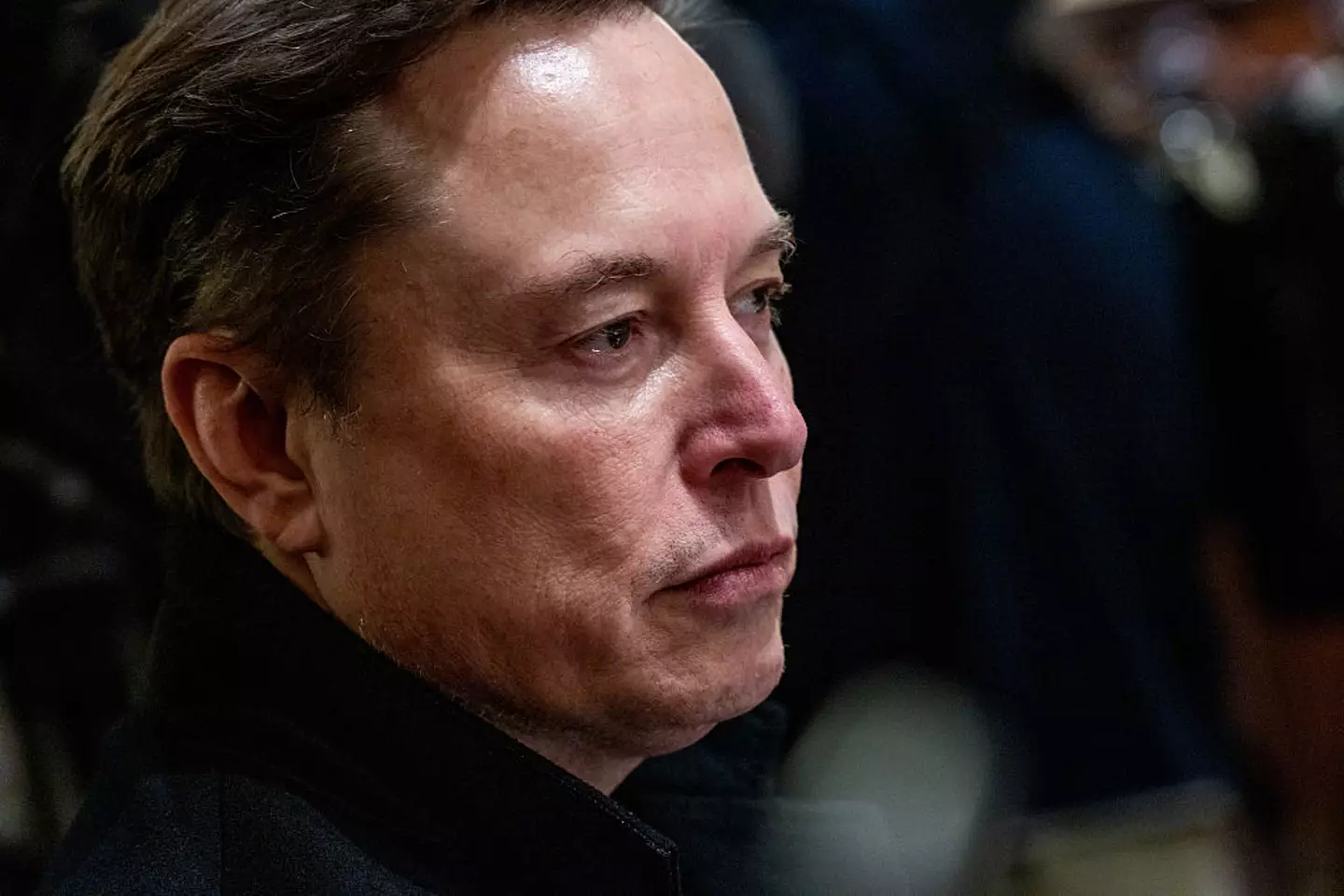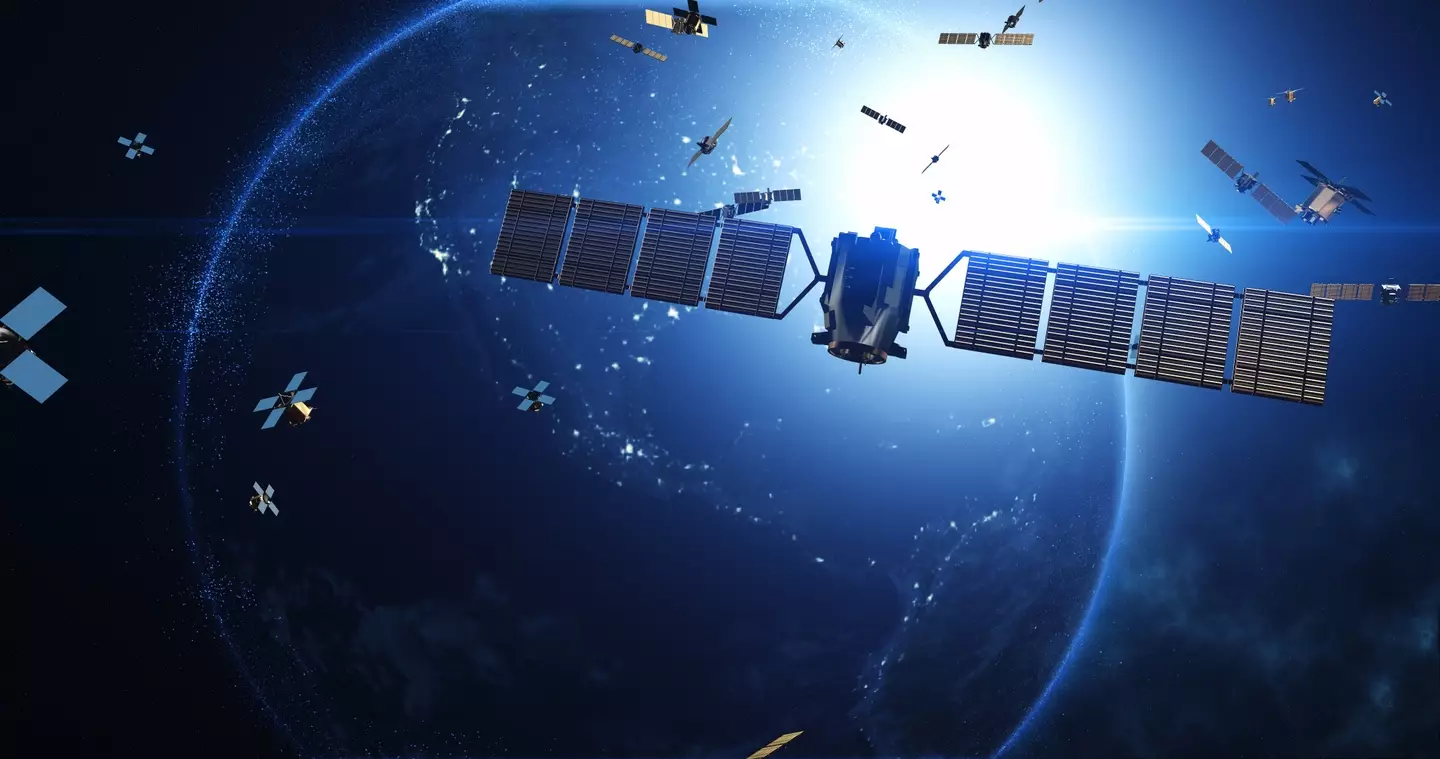As the number of satellites orbiting our planet skyrockets, scientists are raising the alarm about the potential environmental consequences unfolding high above us. The focus of their concern is Starlink, the satellite internet network owned by Elon Musk’s company SpaceX. While the service promises global connectivity, experts warn that the rapid deployment and disposal of these satellites could be triggering a chain reaction with dire effects for Earth’s atmosphere and our future in space.
The scale of the operation is immense. There are currently 8,000 Starlink satellites in low-Earth orbit, a number that is set to grow dramatically. According to astrophysicist Jonathan McDowell, this expansion comes with a constant cycle of replacement. He reports that one to two Starlink satellites are already falling back to Earth each day, and he predicts that number will rise to five re-entries daily as more constellations are deployed. This constant traffic, he warns, accelerates the risk of a catastrophic scenario known as Kessler syndrome.

Kessler syndrome, proposed by a NASA scientist in 1978, describes a theoretical tipping point where the density of objects in low-Earth orbit becomes so high that collisions become inevitable. These collisions would create vast clouds of debris, which would then cause further collisions, creating a cascading effect. As one expert explained, this could eventually make certain orbits so cluttered with shrapnel that launching new satellites or spacecraft becomes impossibly risky and expensive, potentially locking humanity on Earth.

Beyond the danger of space debris, scientists are discovering a more immediate atmospheric impact. Research from the National Oceanic and Atmospheric Administration (NOAA) has found that the stratosphere now contains a surprising amount of exotic metals like niobium and hafnium, believed to come from satellites and rocket boosters vaporizing upon re-entry. These particles can absorb and reflect sunlight and aid in chemical reactions that damage the protective ozone layer.

While SpaceX maintains that its satellites are designed to burn up completely upon re-entry, dismissing a federal report that predicted dangerous surviving fragments as “preposterous,” the scientific community urges caution. A NOAA scientist summed up the sentiment, stating it would be better to understand the environmental impact on the stratosphere now, before the problem becomes unmanageable. The warning is clear: the race for orbital dominance must be balanced with a responsibility for the celestial and atmospheric environment we all share.


